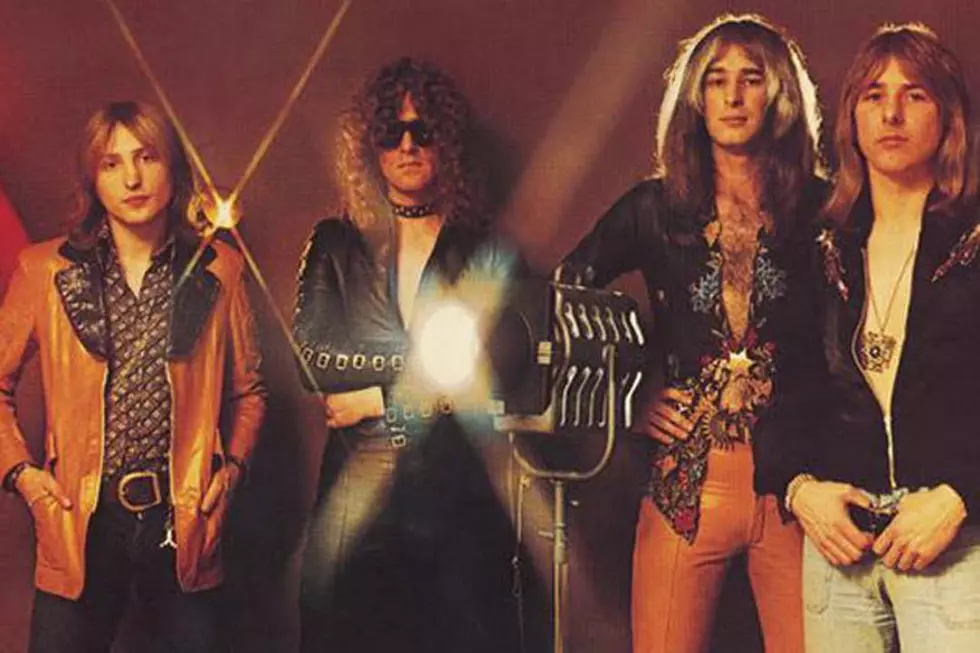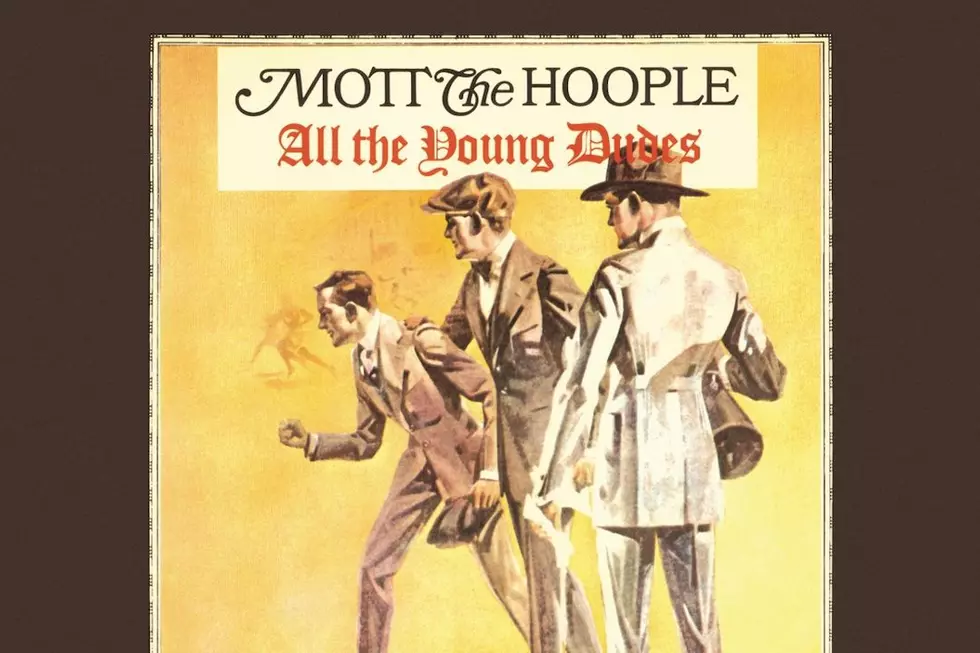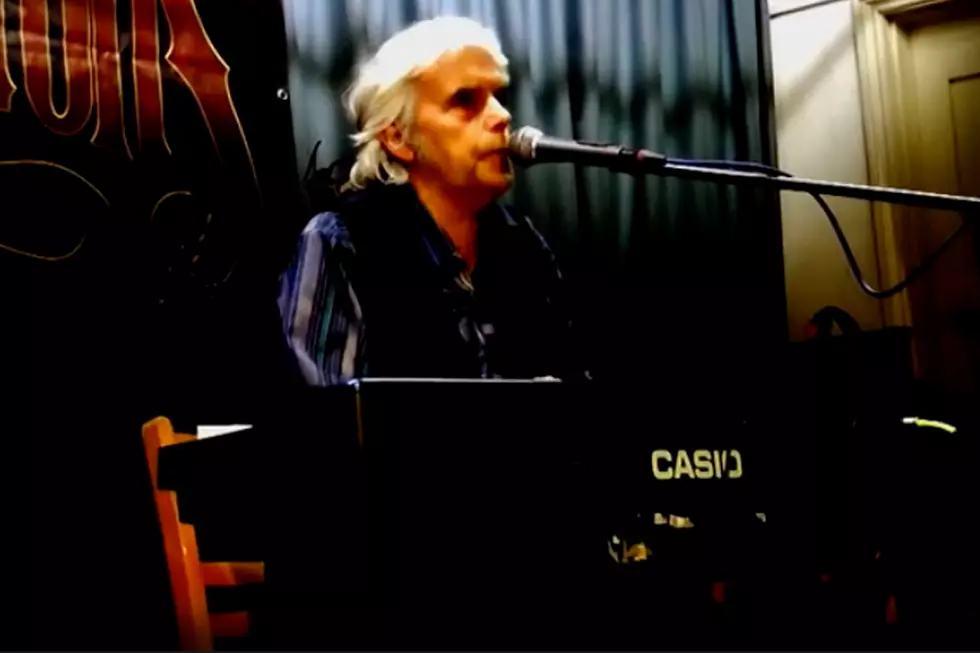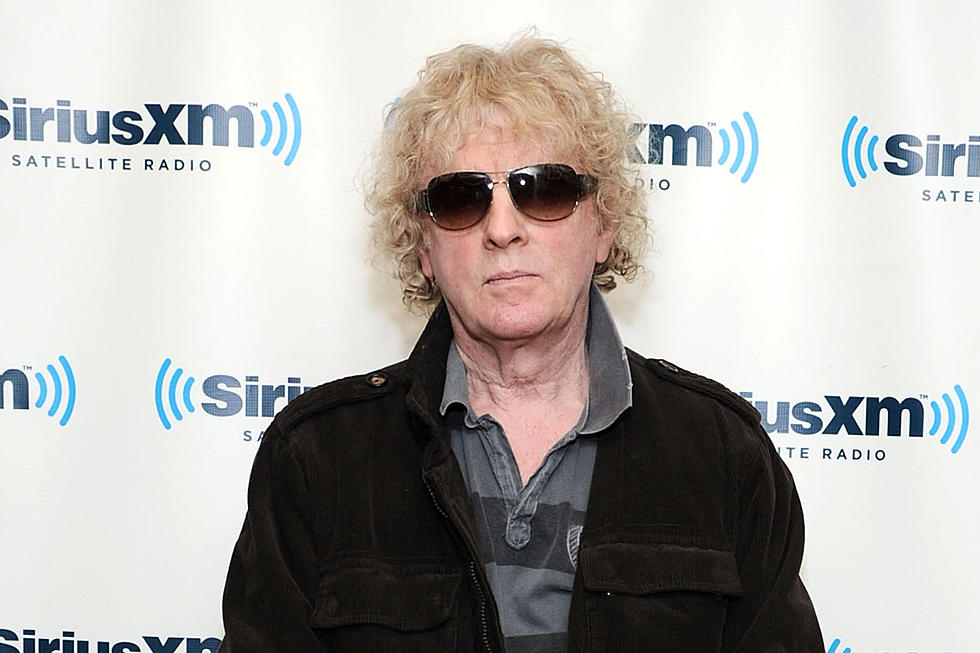
The Lineup Change That Hurtled Mott the Hoople Toward Their Debut
Before they became David Bowie-sanctioned glam superstars, Mott the Hoople were the brainchild of rock producer and manager Guy Stevens.
His vision for a band that meshed Bob Dylan and the Rolling Stones first bore fruit on their self-titled debut album, which was released in November 1969.
Previously, most of the members had been in British beat groups that had converged in the late '60s to form a band called Silence. The quintet (guitarist Mick Ralphs, bassist Pete Overend Watts, keyboardist Verden Allen, drummer Dale "Buffin" Griffin and singer Stan Tippins) recorded some demos that caught the ear of Stevens, then working at the brand-new Island Records.
After having Silence audition for him, Stevens decided he liked the band's sound, but wasn't thrilled with Tippins. He demoted Stan to road manager and put out an ad for a new frontman that read: "Singer wanted, must be image-minded and hungry."
In walked Ian Hunter, a seasoned performer who was a bit older than the other members of the band, and already had two kids. But Hunter had the look (crazy hair and sunglasses) and the talent (a powerful, stage-tested voice) that convinced Stevens and the others than he was the guy.
The next change was the name. A rock band named Silence was plenty ironic, but far from arresting and Stevens sought something more interesting. While in prison on a drug charge, Stevens read the novel Mott the Hoople by Willard Manus and thought it would make a great band name. The members of Silence begrudgingly agreed to the switch.
With a more audacious name and Hunter in place, the band could begin work on filling the potential Stevens saw, from the rock 'n' roll muscularity of Ralphs and Watts to Hunter's charismatic, and sometimes nasal-sounding, vocals.
Listen to Mott the Hoople's 'Rock and Roll Queen'
In a hurry to get his ambitious plan on tape, Stevens didn't wait for the newly christened and fronted band to gel on the road. Before Ian Hunter could even play a gig with his new bandmates, Stevens spent only one week in the summer of 1969 recording the tracks that would become Mott the Hoople's debut album.
Considering the haste with which it was created, it's not shocking that Mott the Hoople contains three covers, beginning with an instrumental take on the Kinks' "You Really Got Me." The other two are not by Dylan (Doug Sahm's "At the Crossroads" and Sonny Bono's "Laugh at Me") but are certainly done in a Dylan-esque style all-too common among folkies and rockers in the '60s.
On the other hand, the LP also includes Mott's first stone-cold classic, the side two opener "Rock and Roll Queen" - a slice of rocky aggression written by Ralphs. Hunter would later mention that the Rolling Stones' "Bitch," released the next year, boasted more than a passing resemblance to his band's blistering creation.
Were the Stones, in fact, imitating a band that was, in turn, imitating them? Who knows? What is clear is that Mott got the upper hand on the Rolling Stones in at least one way: M.C. Escher refused Mick Jagger's request to create the cover of the Stones' Let it Bleed, but Mott the Hoople were able to put a color version of Escher's "Reptiles" on the cover.
Mott the Hoople was released in November 1969 in the U.K. on Island Records (and in early 1970 on Atlantic in the U.S.). Although the band weren't heralded as the second coming of either the Stones or Dylan, they began to forge a cult following on both sides of the Atlantic. The record, which hit No. 66 in the U.K., managed to scrape the bottom of the charts in America.
Stevens and Mott would each have major success in the future, although not with each other. After nearly breaking up in 1972, Mott the Hoople would become one of glam's brightest stars with the help of Bowie's "All the Young Dudes" (and his management team). Later in the '70s, Stevens produced one of the greatest albums of all time, the Clash's London Calling. Sadly, he wasn't able to capitalize on the record's popularity. He died from a prescription drug overdose at the age of 38 in 1981.
Top 100 Classic Rock Artists
More From Ultimate Classic Rock









